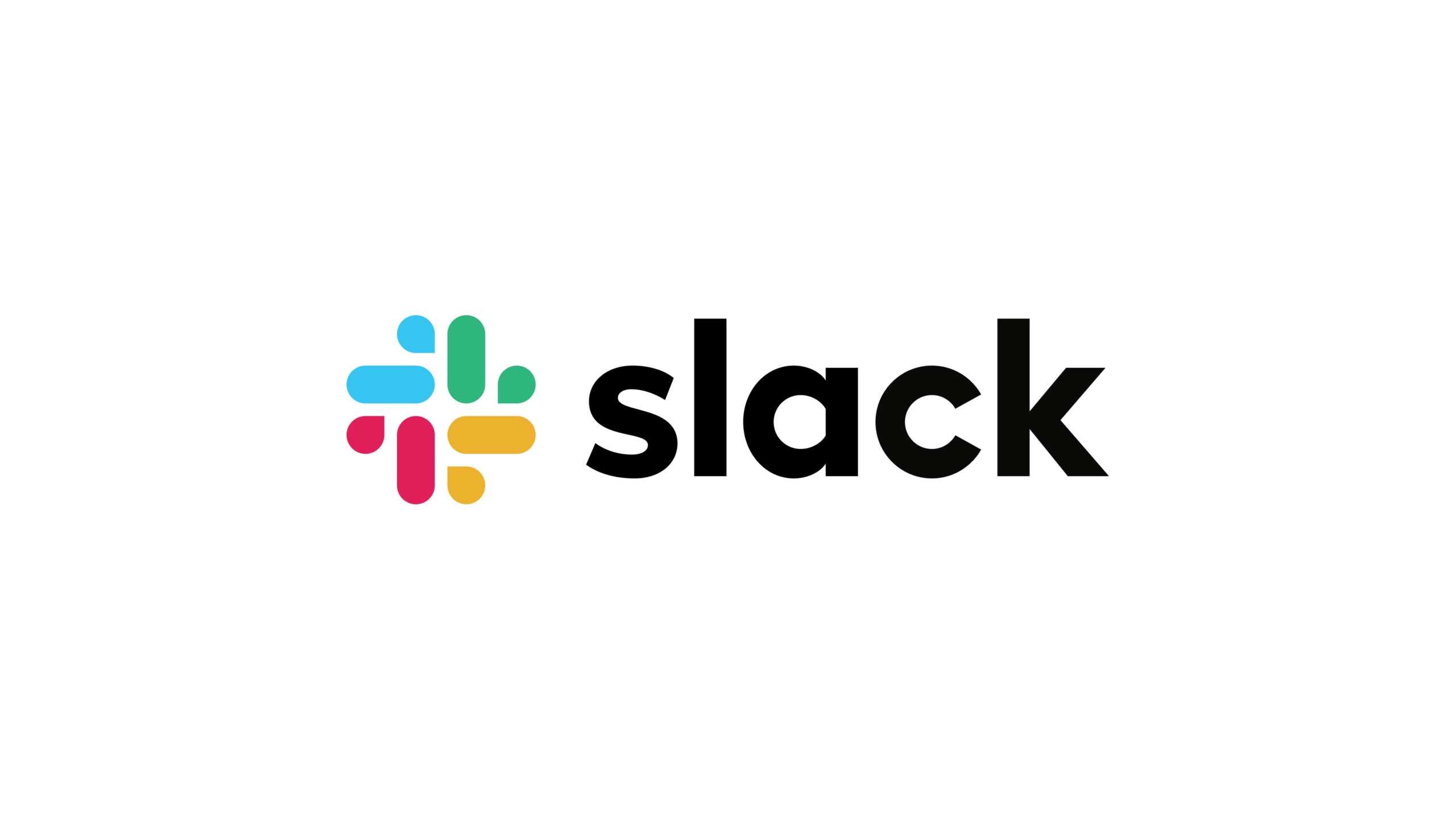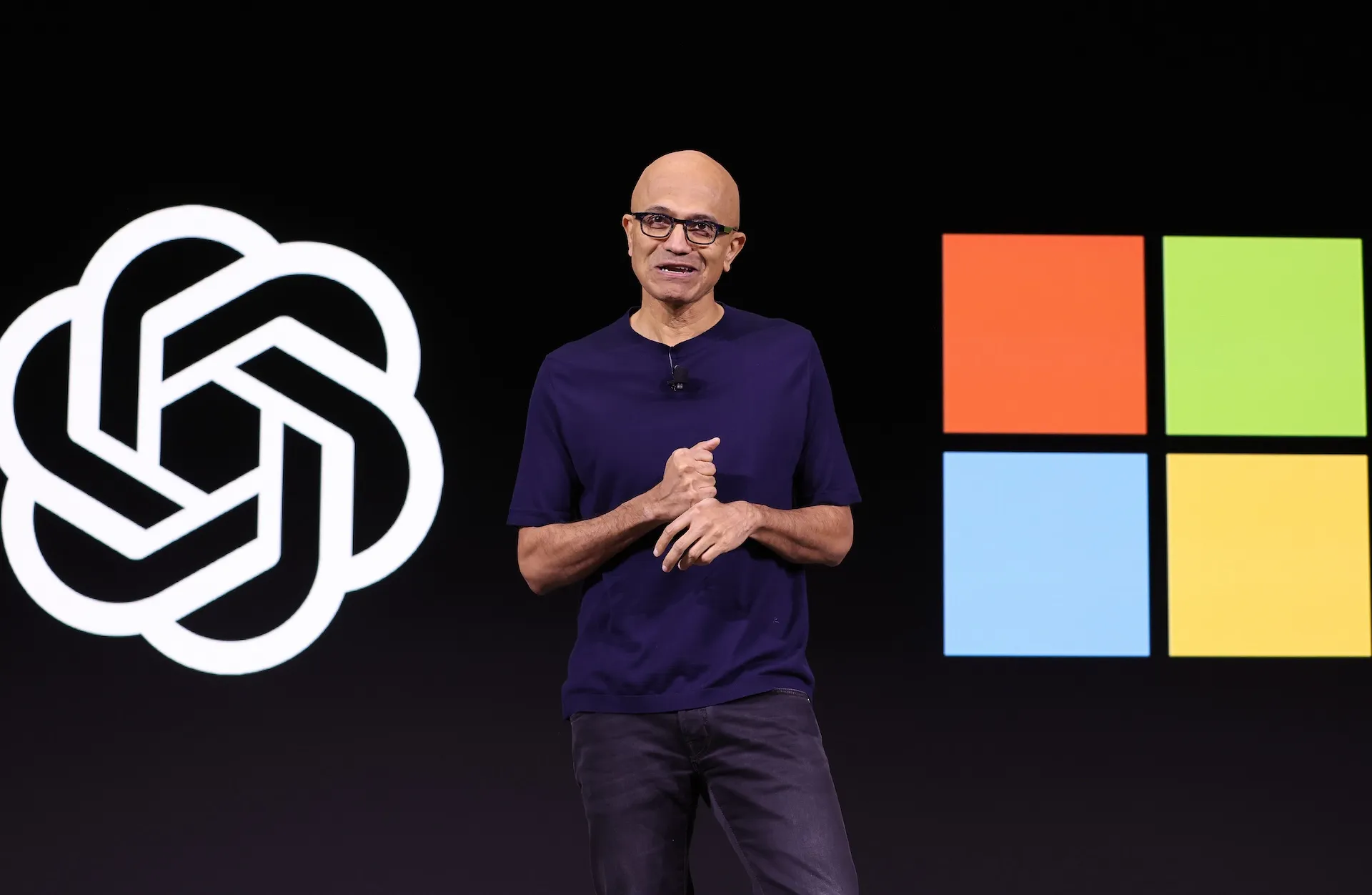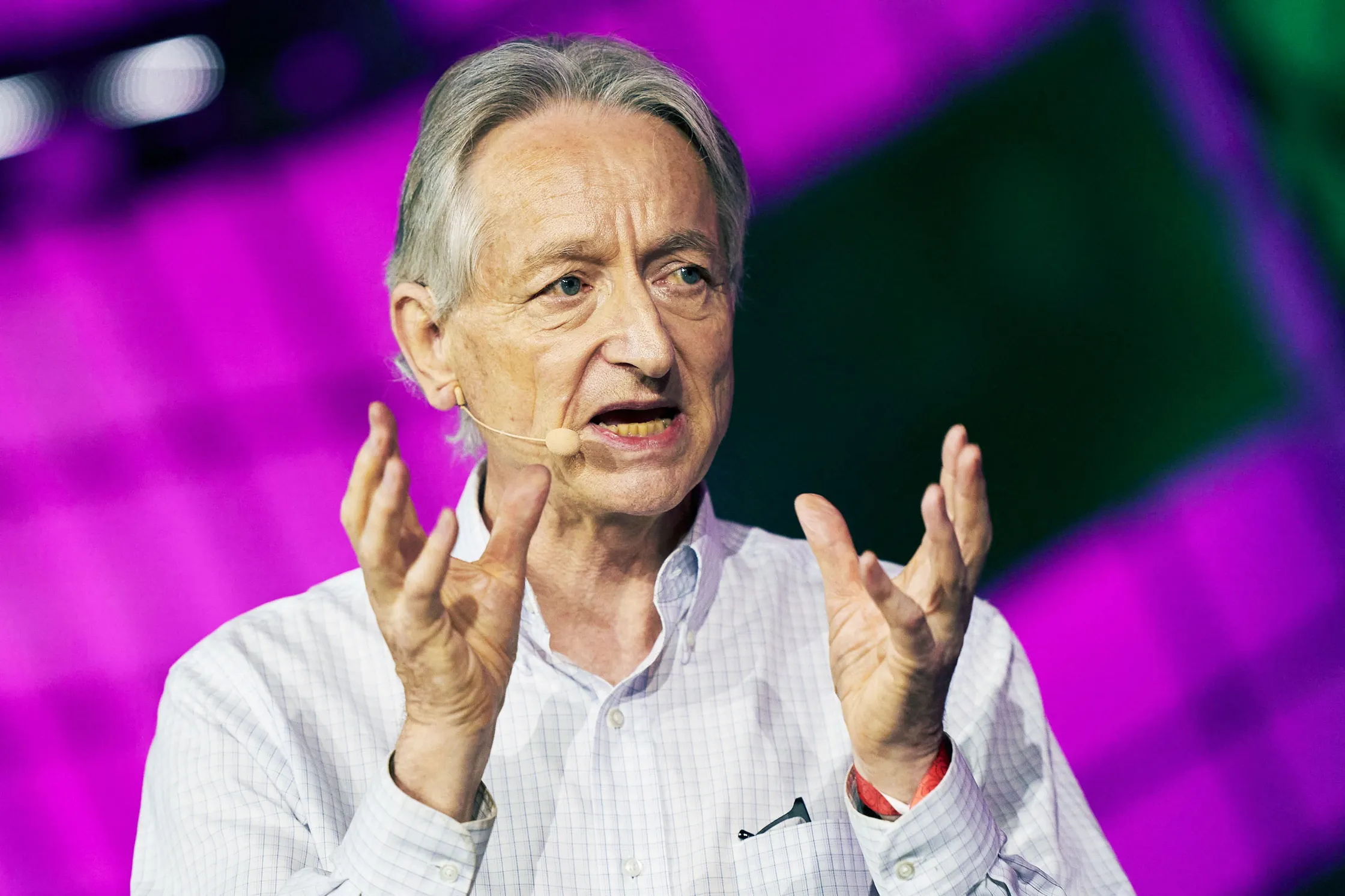Collaboration platform introduces enhanced AI capabilities with expected rollout by end of 2025
Slack is significantly upgrading its familiar Slackbot feature, transforming it from a simple automated helper into a sophisticated AI-powered personal assistant capable of drafting content, scheduling meetings, and orchestrating complex workplace tasks.
The revamped assistant, currently in pilot testing, represents a major evolution from Slackbot’s original functionality of sending reminders and providing preset responses. The new system will be accessible via a dedicated button at the top of the Slack application, positioning it as a central hub for AI-assisted productivity.
Enhanced Capabilities and Integration
The upgraded Slackbot leverages information from across a user’s Slack workspace, including conversations, files, and connected data from Salesforce tools and third-party applications such as Google Drive and Microsoft OneDrive. This comprehensive data access enables the assistant to provide contextually relevant answers and perform complex tasks.
Key capabilities of the new AI assistant include:
- Drafting and editing content based on workspace information
- Summarizing reports and documents
- Scheduling meetings by checking colleagues’ calendars for availability
- Automatically generating meeting agendas and surfacing relevant documents
- Answering queries using organizational knowledge stored in Slack
Technical Infrastructure
The AI assistant operates on a combination of third-party large language models, though Slack has not publicly disclosed which specific models power the system. Notably, the infrastructure runs on Amazon Web Services’ virtual private cloud, ensuring enterprise-grade security and data isolation for organizational information.
Initially, the assistant will only access data within individual Slack workspaces. However, Slack has confirmed plans to expand connectivity to broader web data in future iterations, significantly expanding the assistant’s knowledge base and utility.
Future Roadmap and Agent Orchestration
Slack’s product roadmap for the AI assistant includes ambitious features that could reshape how teams interact with artificial intelligence in the workplace. Future capabilities include the ability to interact with and orchestrate multiple AI agents within Slack, creating a coordinated ecosystem of specialized assistants.
Perhaps most significantly, Slack plans to enable users to build custom AI agents without any coding knowledge, democratizing AI development for non-technical team members. This aligns with the company’s recent announcement of developer tools designed to simplify integration with third-party AI assistants.
Broader AI Strategy
The Slackbot upgrade is part of a comprehensive AI transformation announced at parent company Salesforce’s Dreamforce event. Other notable additions include:
Channel Agent: Now generally available, this “always-on teammate” operates within Slack channels to answer project-related questions. It’s included at no additional cost for Business+ plan subscribers and above.
Enhanced Enterprise Search: Available on Enterprise+ plans, users can now search across connected third-party applications including Gmail, Dropbox, and Notion directly from Slack.
Agentforce Integration: New integrations with four Salesforce Agentforce agents, including IT Service, Sales, HR Service, and Tableau, are now available. These agents handle specialized tasks such as password resets and automatically create incident channels for complex technical issues.
Strategic Positioning
The developments reflect Salesforce’s broader strategy to position Slack as the primary interface for its entire business application suite. By centralizing AI capabilities within the collaboration platform where teams already spend significant time, Salesforce aims to reduce context switching and streamline workflows.
The timing of this rollout, expected by the end of 2025, places Slack in direct competition with other workplace collaboration tools racing to integrate advanced AI capabilities. As organizations increasingly view AI assistants as essential productivity tools rather than experimental features, Slack’s comprehensive approach could provide a significant competitive advantage.
For organizations already invested in the Slack ecosystem, the enhanced Slackbot represents an opportunity to leverage existing data and workflows while gaining access to cutting-edge AI capabilities without the need for extensive new infrastructure or training.
The AI-enhanced Slackbot is currently in pilot testing, with broader availability expected before the end of 2025. Specific pricing details for the new features have not been announced.




